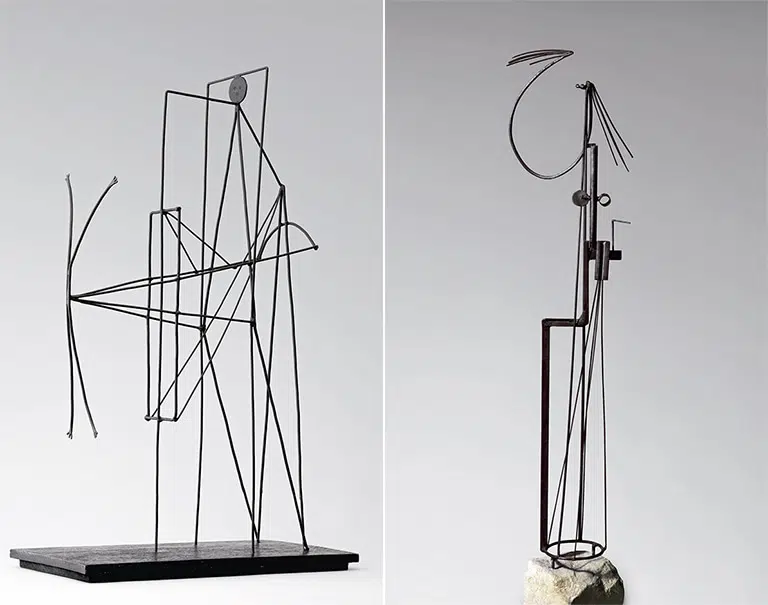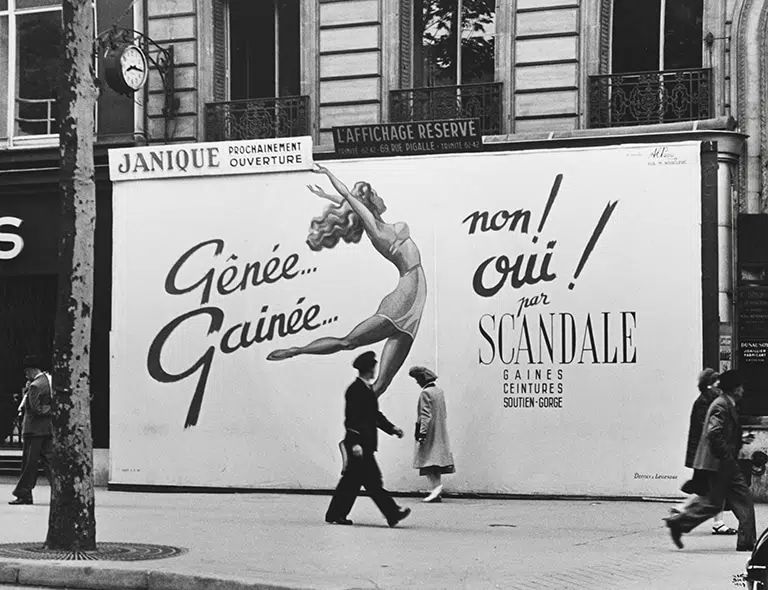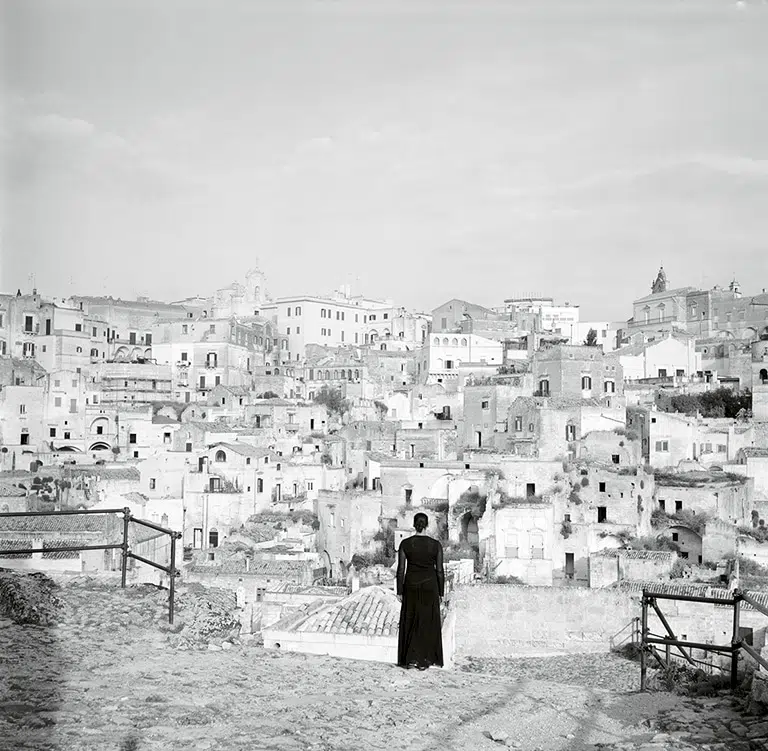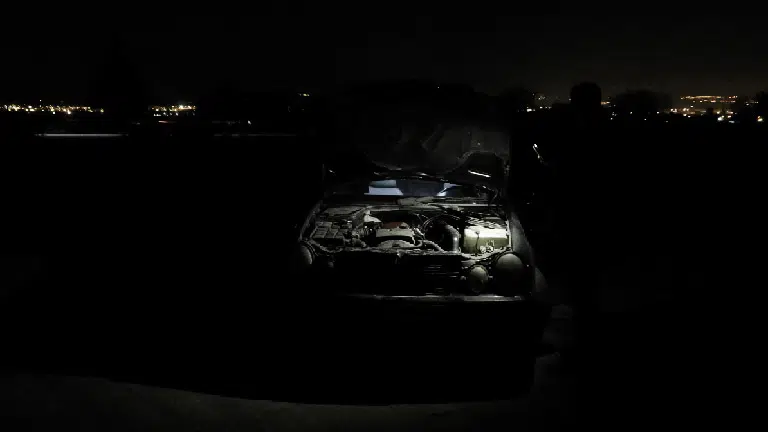Untitled
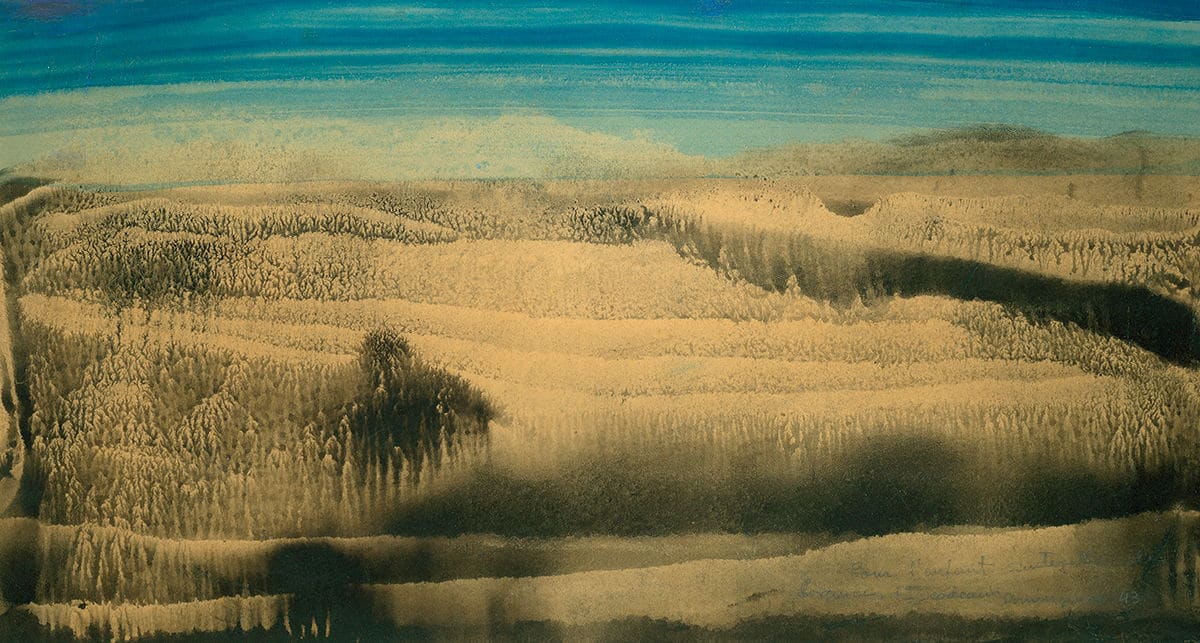
Óscar Domínguez
Untitled, 1943
© Óscar Domínguez, VEGAP. Madrid, 2021
© Fundación MAPFRE COLLECTIONS
Author
Born:
San Cristóbal de La Laguna, Santa Cruz de Tenerife, 1906
Died:
Paris, 1957
1943, year 1940 – 1950
Entry date: 2007
Technique
Wash, ink and blue watercolor on paper
Dimensions
Paper size: 19.5 × 37.6 cm
Frame size: 52 x 70 x 4 cm
Inventory
FM000276
Description
Óscar Domínguez made his mark in the exclusive Paris milieu of the Surrealists, especially with his decals and splendid objects dating from 1934-1935. The decalcomanias, or ink dreams, as they were accurately named by Emmanuel Guigon, are based on a procedure that came about by chance: the application of ink, or very thin paint, onto the paper with a technique similar to monotyping. Domínguez created an evocative surface that was open to various interpretations, and was a precursor to the informal abstract painting of the 1950s. The result takes on the curious appearance of depth in space, of something magical and petrified, abstract and enigmatic; something that attracted André Breton and his circle.
The most well-known precedent to Domínguez’s decals were those made by the writer George Sand at the height of the Romantic era. But the most immediate ones are the hallucinatory landscapes of Max Ernst painted in the mid-twentieth century, whose clear precedent were the backdrops painted by Gustave Moreau, appreciable in the cabinets/screens in the Parisian museum of the Symbolist painter, one of Breton’s favorite places. These exercises by Moreau and the baroque finished backdrops of his paintings evoke a marine universe, typical of Ernst and also present in Domínguez’s tinted papers. With his decals, the Canary Island painter found an outlet for a certain mimicry of Dalí – and Yves Tanguy – and would maintain this technique in his work on paper until the end of his days. The depth of space that emerged automatically from the decalcomanias would be the origin of his unusual canvases of interwoven nets or webs, such as Nostalgia for Space (MoMA, New York) and Landscape of Nets (private collection, Paris), both from 1939.
This piece from the MAPFRE collections is directly linked with the most outstanding pieces in this style from the 1930s, such as the iconic Decalcomania with no preconceived object I (MoMA, New York), from 1936, and Decalcomania with river and bridge (Regional Council of Tenerife), from 1937, in which the artist plays with superimposing a blue band where he draws a conventional bridge to give the composition a figurative sense, although the result remains entirely surreal. This work is also ‘almost’ interpreted, as the composition of two large horizontal bands evokes a vision of the dunes of a beach with the sea or sky. It is possible that the dark marks in the area of the ground refer to the black sand beaches of Taroconte, where the author spent his childhood and adolescence. Although Domínguez has not placed any recognizable element here, but rather allowed the ink to run freely, creating its usual hypnotic and abstract play, the precise placement of the blue band, painted in watercolor and located at the top, is a clear interpretative decision, given that it fixes the horizon and hence the rest of the picture, which is also treated horizontally, becoming a landscape seen from ground level with dunes in soft relief. It might also be interpreted as a much more aerial view, where the marks would be mountains and valleys, and the blue, with its gradations, the stratosphere. The whole picture exudes a subtle beauty and harmony. The composition in two large planes, the earth and the sky, is typically Dalinian and also typical of the landscapes by Tanguy; although in the case of Dalí, its origin is the cemeteries and marinas of Modest Urgell, a painter who both he and Miró deeply admired. It is possible that Domínguez was not directly familiar with Urgell’s work, but his teachings would have been passed on to him through his two Catalan colleagues on the adventure of surrealism.
The dedication also seems to contain another explicit reference to Dalí, who in 1932 created the engraving The Grasshopper Child and shortly afterwards the oil painting Myself at the Age of Ten When I Was the Grasshopper Child (Castration Complex).
[Josep Casamartina i Parassols]
Signed, dated and dedicated in the lower right-hand corner: “Pour l’enfant sauterelle de Lorance, 1er cadeau, Dominguez, 1942” (For the grasshopper child of Lorance, first gift, Dominguez, 1942)
ALIX, Josefina, et al., Éxodo hacia el sur: Óscar Domínguez y el automatismo absoluto 1938-1942, cat. exp. Santa Cruz de Tenerife, Organismo Autónomo de Museos y Centro del Cabildo Insular de Tenerife, Obra Social y Cultural de la Caja General de Ahorros de Canarias, 2006.
CASTRO, Fernando, Óscar Domínguez y el surrealismo, Madrid, Cátedra, 1978.
FERNÁNDEZ MOLINA, Antonio, Óscar Domínguez (1906-1957), cat. exp. Madrid, Galería Guillermo de Osma, 2000.
GUIGON, Emmanuel, y MERCIE, Jean-Luc, Sueños de tinta: Óscar Domínguez y la decalcomanía del deseo, cat. exp. Las Palmas de Gran Canaria, Centro Atlántico de Arte Moderno, 1993.
Óscar Domínguez 1906-1957. Decalcomanías, cat. exp. Madrid, Galería Guillermo de Osma, 2006.
Óscar Domínguez: el surrealismo volcánico, cat. exp. París, Instituto Cervantes de París, 2006.
Óscar Domínguez: fuego de estrellas, cat. exp. Málaga, Fundación Pablo Ruiz Picasso, 2009.
Óscar Domínguez surrealista, cat. exp. Madrid, Fundación Telefónica, 2001.
SERRANO, Véronique (comisaria), La part du jeu et du rêve: Óscar Domínguez et le surréalisme, 1906-1957, cat. exp. Paris, Marsella Hazan, Musée Cantini, 2005.
SOSA, Rodolfo de, Óscar Domínguez: l’oeuvre peint. Catalogue raisonné. Euroarte, 1989.
Sueños de tinta. Óscar Domínguez y la decalcomanía del deseo, cat. exp. Las Palmas de Gran Canaria, Centro Atlántico de Arte Moderno, 1993.
VÁZQUEZ DE PARGA, Ana; GUIGON, Emmanuel; PALENZUELA, Nilo, Óscar Domínguez: 1926 antológica 1957, cat. exp. Madrid, Las Palmas, Santa Cruz de Tenerife, Museo Nacional Centro de Arte Reina Sofía, Cabildo Insular, Gobierno de Canarias, 1996.
WESTERDAHL, Eduardo, Óscar Domínguez. Barcelona, Gustavo Gili, 1968.
